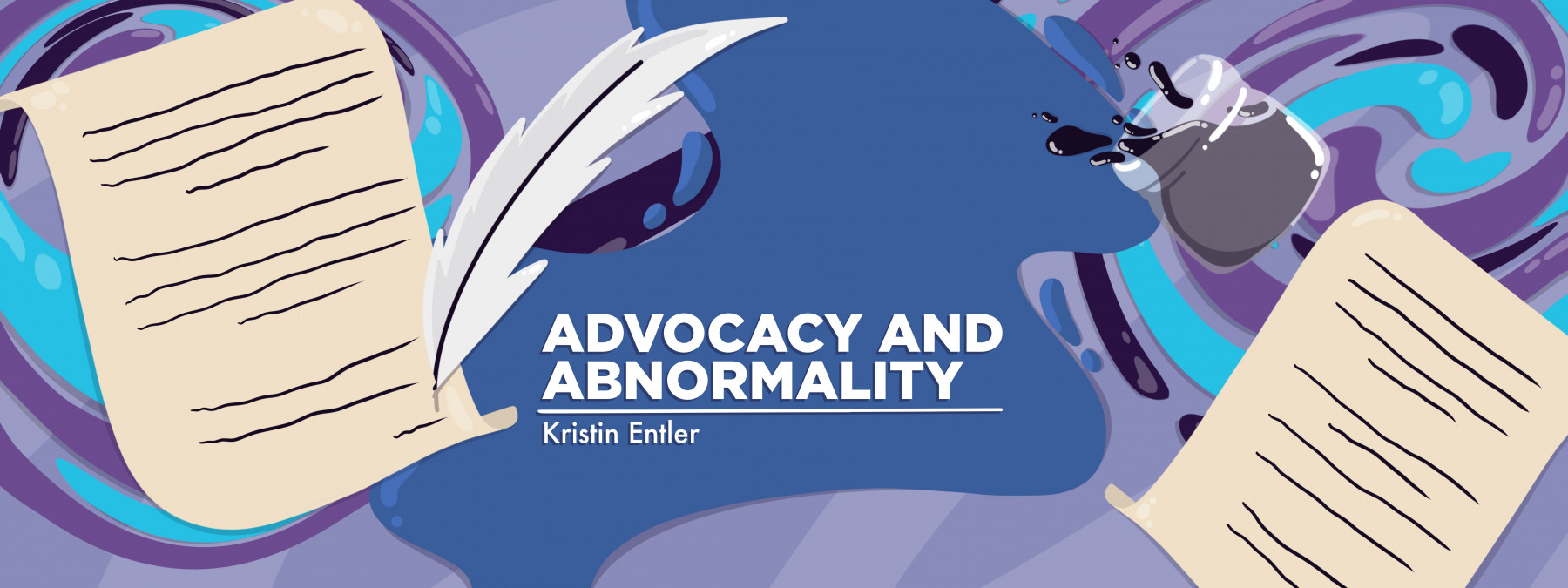What Living With Cystic Fibrosis and Being a Bat Have in Common
We choose how we respond to those around us

“A bat!” my mom announces to my dad and me. I look up at where she’s pointing to see, yes, a winged mammal swooping and diving and cutting back with deadly precision. I’m glad that something is eating the determined mosquitoes I’m fending off with two citronella candles and what feels like half a bottle of bug spray coating my skin.
Ever since I can remember, my parents and I have enjoyed the company of bats. For instance, last year, we were in Gainesville, Florida, on a COVID-19-safe road trip, where the University of Florida has bat houses set up on campus — a lovely COVID-19-safe activity, despite the heat and bugs of Florida in July. There are so many bats in a roost that when they emerge, it looks like the sky is filling with smoke.
“Wild to me that people hate bats,” I say to my parents as we watch three bats flap wildly on their well-controlled sonar-led hunt.
My mom nods. “People do really either love them or hate them.”
I agree, remembering all the times I’ve spotted a stray bat in the afternoon when I’m with a friend. When I excitedly point it out, they’ll respond either with equal exuberance or total disgust.
“Stigma,” I nod, a solemn answer.
From what I can tell, people dislike bats for two reasons. First, there’s a common misconception that bats equal rabies. To bust that myth, while bats can transmit disease to humans (also true of most animals) less than 1 percent of the natural bat population carries rabies. Second, bats have been built into our lore as being vampires. While this is a silly example, the rhetoric of the animal being monstrous undoubtedly plays a role in our public opinion of the little creatures.
Of course, my parents know I understand stigma well. I don’t have enough fingers or toes or memory storage space in my brain to be able to count all the times people have not-so-subtly moved away from me when I cough in public.
Not that I can blame them, of course. Especially since the start of the COVID-19 pandemic, when we all have had to be wary of each other’s coughs and sneezes. But, even before then, I’ve experienced the hollow pain of feeling unwanted in a space because of what people think about me.
I flash back to the time I was in line at a fast-food restaurant. My lungs were churning like the tide with mucus buildup, a nasty infection left over from a cold I’d picked up who knows where. I was on my way to pick up an oral antibiotic and was trying to work up an appetite with my favorite comfort food, fries and a milkshake.
A small cough turned into a flutter in my lungs, then a small bronchospasm. A woman in front of me looked me up and down, then took more than one obvious step away from me. It was as if I had transformed into a hoard of mosquitoes and she was willing for bats to come and save her. And, like a lot of people, I imagine she hates bats.
Of course, I know she didn’t know that I’m not a threat to her. She was trying to protect herself. But still, I felt tiny and hated in that moment. I wanted to disappear. Instead, I pulled out my albuterol and calmed my lungs down the only way I know how.
How we as a collective community talk about things, both in our day-to-day lives and in our stories and lore, affects how we view those topics. Like bats are vampires, disabled bodies are often characterized as something unwanted in our fairy tales and stories. I’m thinking now of Scar in “The Lion King.” Frankenstein’s monster in Mary Shelley’s “Frankenstein.” There are plenty of examples.
A cough, like physical symptoms of rabies, is an outward signal of illness. I can’t help it that I have to cough, but we do have a choice in how we respond to those around us: with empathy or apathy.
Stories are meant to help us build bridges of empathy to each other. Next time you’re telling a story, pause and think about what underlying message you’re really sending. If we start paying attention to how we talk about things, we can start changing how we think about them.
Note: Cystic Fibrosis News Today is strictly a news and information website about the disease. It does not provide medical advice, diagnosis, or treatment. This content is not intended to be a substitute for professional medical advice, diagnosis, or treatment. Always seek the advice of your physician or other qualified health provider with any questions you may have regarding a medical condition. Never disregard professional medical advice or delay in seeking it because of something you have read on this website. The opinions expressed in this column are not those of Cystic Fibrosis News Today or its parent company, Bionews, and are intended to spark discussion about issues pertaining to cystic fibrosis.









Leave a comment
Fill in the required fields to post. Your email address will not be published.